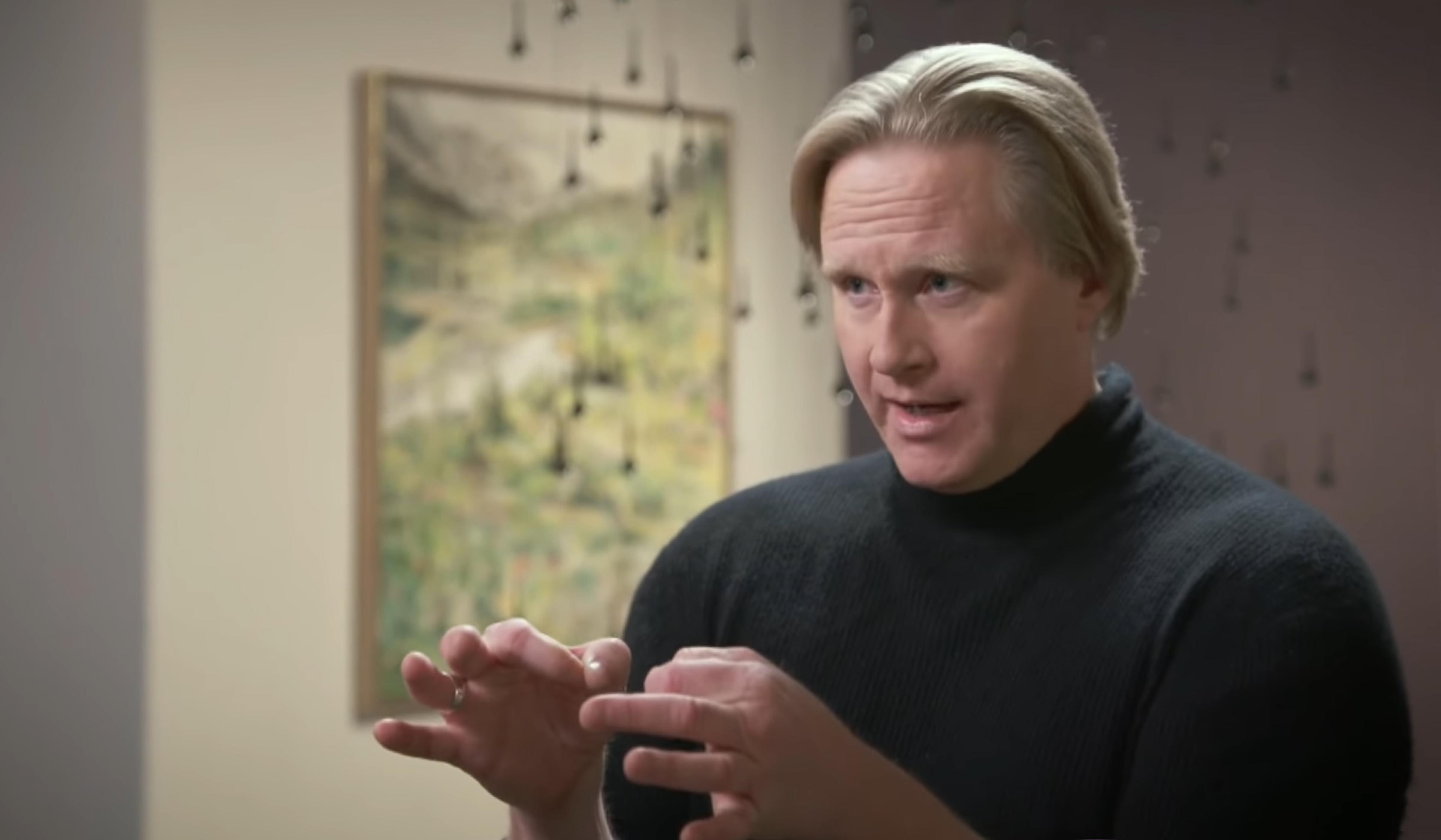Leonard Susskind, a professor of theoretical physics at Stanford University in California and a self-described ‘beauty-symmetry-elegance heretic’, rejects the popular notion that there’s something wonderfully symmetrical and simple about the building blocks of our world. Rather, he contends, conceptions of physics as elegant and uncluttered are shortcuts created by our pattern-seeking brains that rarely hold up to scientific scrutiny. In this interview from the PBS series Closer to Truth, Susskind argues that, dating back to the Ancient Greeks, what’s often been perceived as elegant simplicity was almost always a fiction or an approximation covering for a much messier reality.
‘The whole thing is a monstrosity!’ How a symmetry heretic sees the Universe
Video by Closer to Truth
1 May 2020
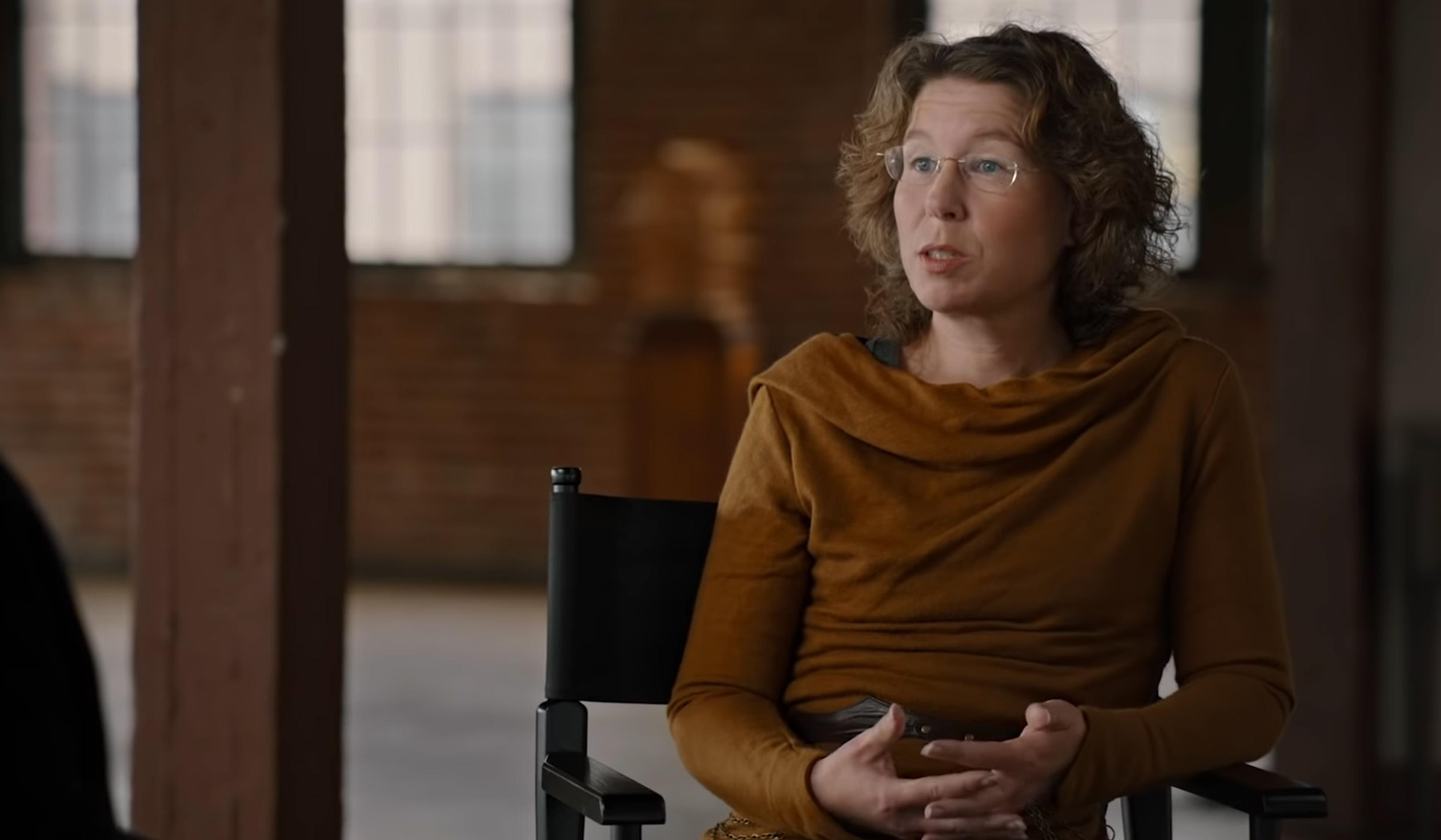
videoMathematics
Against ‘beauty’ in science – how striving for elegance stifles progress
9 minutes

videoPhysics
If life feels out of balance, don’t worry – there’s always symmetry below the surface
4 minutes
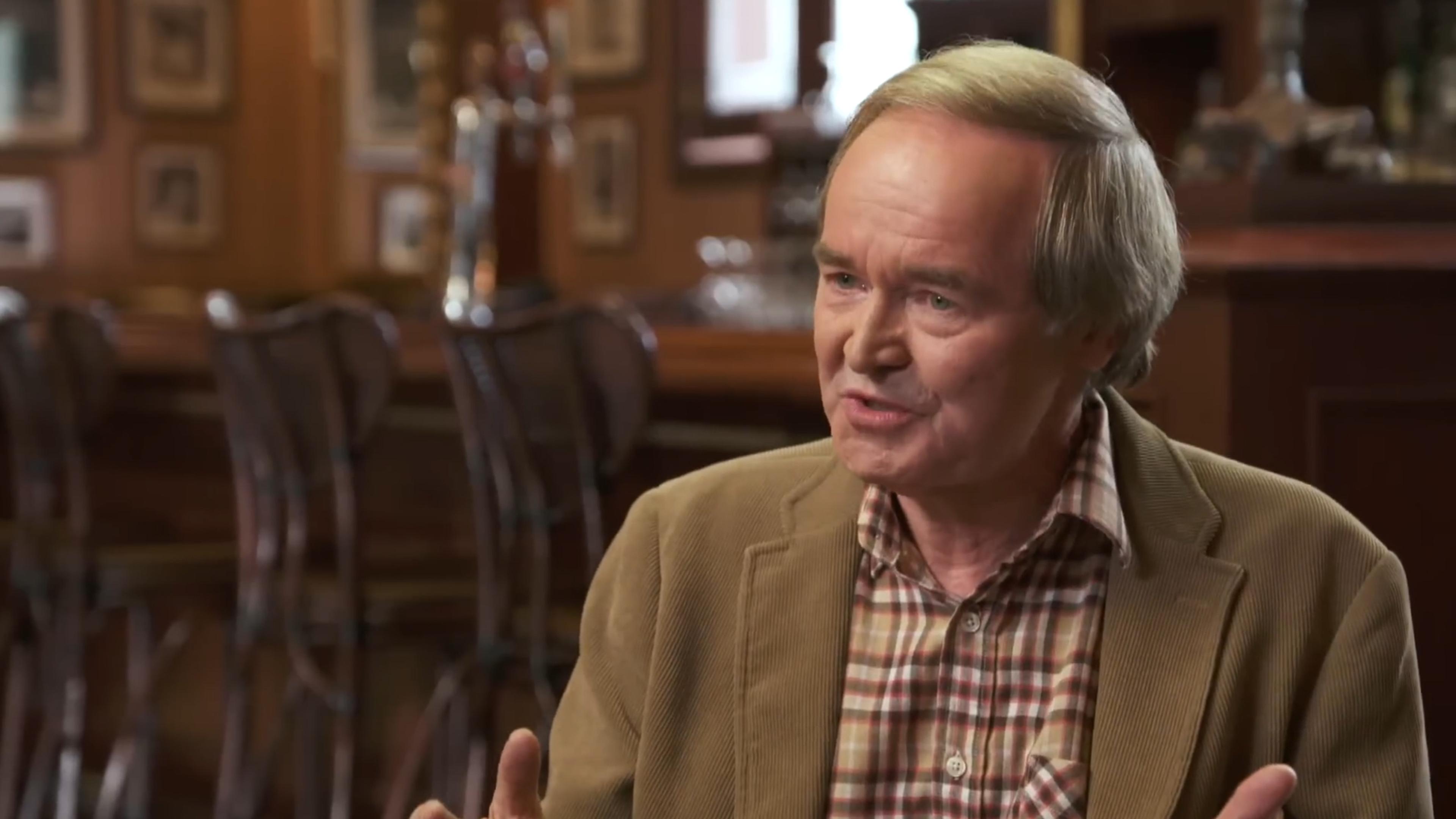
videoCosmology
Are observers fundamental to physics, or simply byproducts of it?
10 minutes
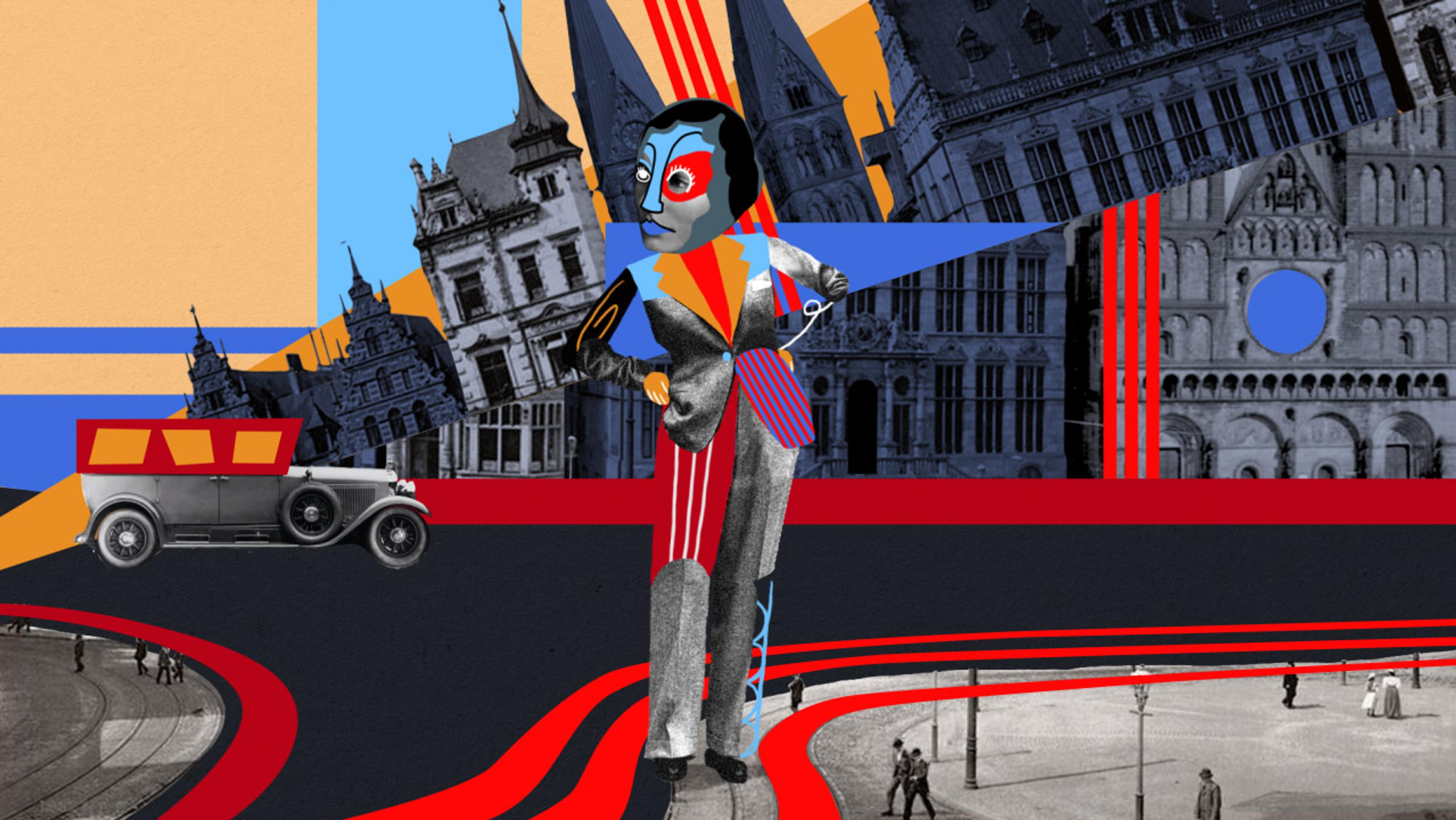
videoHistory of ideas
Splitting the truth: the philosopher that physics forgot
4 minutes
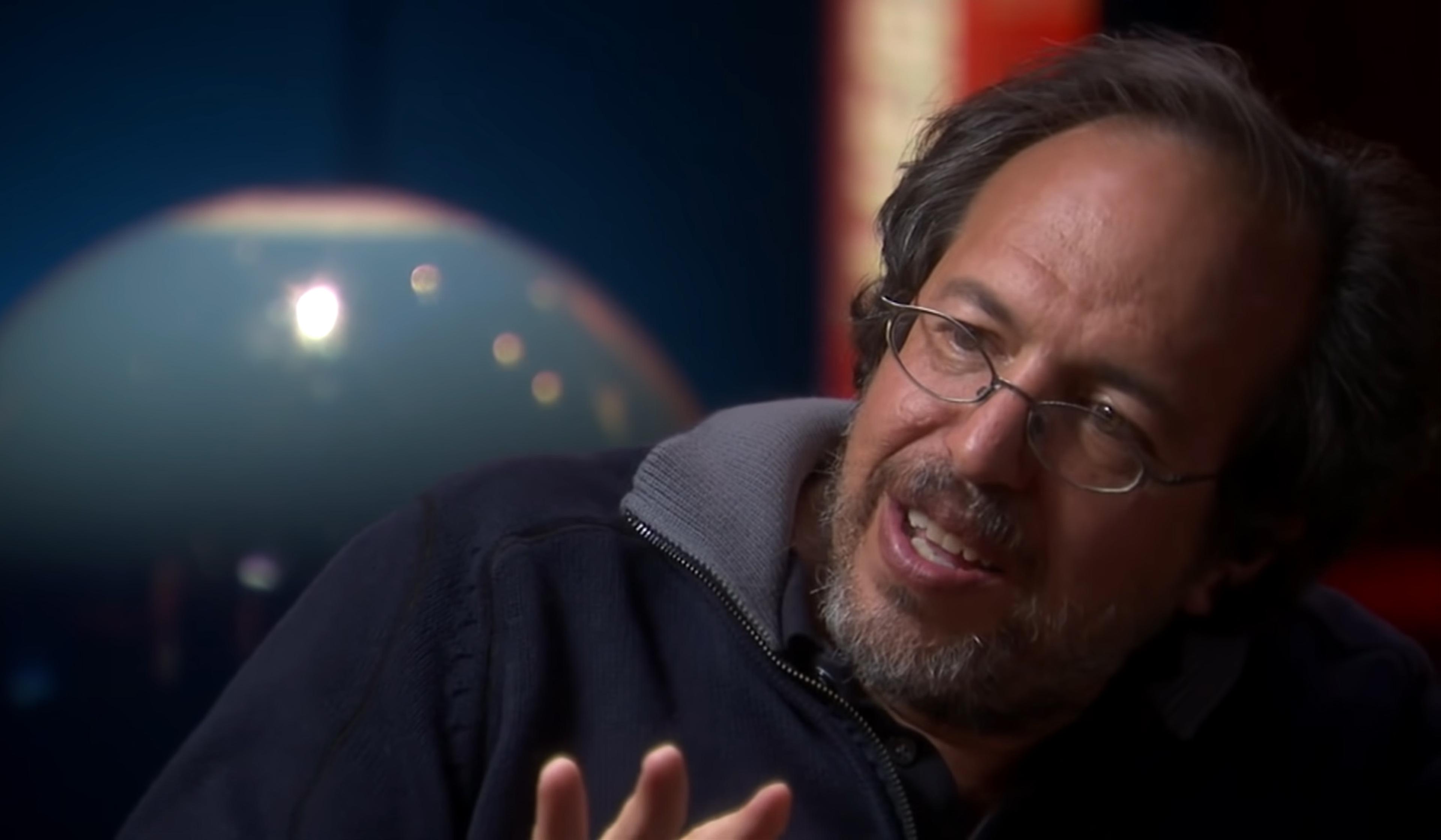
videoPhysics
Time is fundamental, space is emergent – why physicists are rethinking reality
9 minutes

videoPhilosophy of science
Richard Feynman on why science adds beauty in the Universe: it does not subtract
5 minutes


